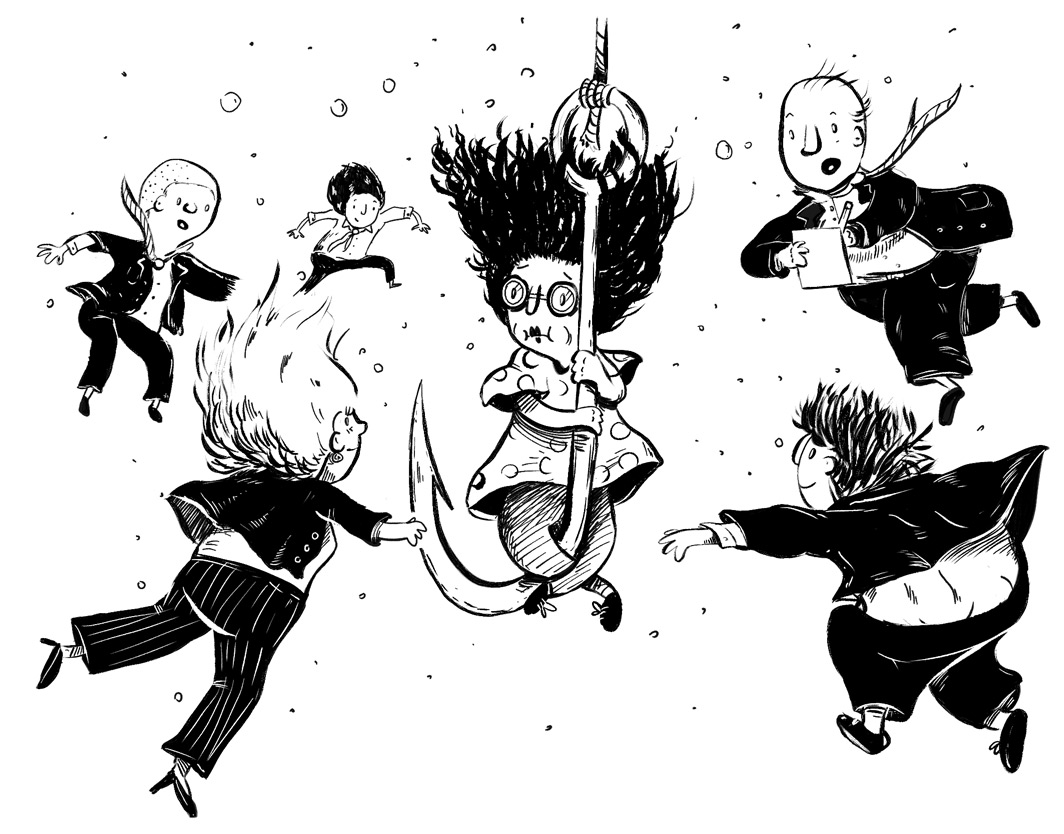Everywhere, all around us, video is closing in. Whether it’s the millions of on-demand television series offered to us by all the channels in the world, or the rise of video on social media (TikTok, Instagram Stories) whose business models increasingly depend on the rich data sources that video provide. It’s everywhere, and it’s growing. So, where does the humble still image go from here?
There’s no doubt in my mind that video tells stories. At 24 frames per second, each minute of video is composed of 1440 still images. When arranged in sequence like in video, the opportunity for storytelling is greatly enhanced (hello, movie industry) and because video also involves a multi-sensory experience (hello, sound), there are some clear benefits to the way stories are told using video.
But, if anyone has ever stood in front an oil painting in an art gallery, they’ll know that there’s a story there, too. Each brushstroke tells a story of the hand that created the work. Which colour went on first, the movement of the hand that blended them, allbeit, a lot of the time, imperfectly. The materials themselves tell a story – oil, watercolour, acrylic – all had their technological moment in the sun, and continue to do so. We very rarely see egg tempera used in today’s paintings but, that in itself, tells a story of the artworks that do contain it i.e. it tells us when it was painted.
Comics and graphic novels also tell stories. Sure, there are not 1440 images per minute to devour, but it’s precisely in it’s select frames where the story lies. In graphic novels and comics, the artist’s job is to whittle the imagery down to what is essential. To be deliberate and selective over what to show and what to hide. More impressively, by not showing 1440 images per minute, the creator also controls the images that can be crafted in the readers’ imagination between frames. Look at any Calvin and Hobbes comic to see the power of less frames, not more.
See, there’s a problem with video – 1440 frames per minute – that no data hungry social media platform seems to want to prioritise in the way they’re influencing culture. It’s disrupting imagination. When every story is told in precise, high-resolution detail, there’s nothing left for an audience to do except watch (and scroll) on auto-pilot – not remembering what they saw, when they saw it, how it made them feel, or how it changed them. Perhaps this is great to ratchet up the platform’s engagement numbers; those same numbers they use to price and sell ads to their advertisers. But, there’s a risk we end up unable to fill in the gaps, in anything, when it’s handed to us on a 1440/images/minute platter.
Picture books, on the other hand, have 32-pages and anyone who has ever constructed the visual narrative within one knows that there’s not a great deal of room there – but there’s enough. There’s enough to tell rich, powerful, clever stories that change hearts and minds, one page turn at a time.
The craft of the illustrator and author is to work together to determine what should be in and out, and why. It’s this reductive, intentional work that, whether people realise it or not, creates the ‘magic’ that an audience feels when they read a really good picture book. To create space for the reader to participate in the image building and storytelling process of sequential art is a magical experience (both as a creator and a reader) – a reminder that humans are exceptional creatures of communication, inference, deduction, logic, and, most importantly, emotion.
Storytelling in video is great, don’t get me wrong. I love film as an art form. But, the best ones, the ones that stick with me, do the same as still art – they intentionally invite me into the narrative building process. It’s why it’s scarier when the director of a scary movie hides the monster rather than reveals it straight away.
Human imagination is, quite likely, the most species-defining characteristic we have. The intense creation and distribution of amateur video won’t stop that – we’ll get incredibly adept at better and better storytelling; using those 1440 frames/minute to beautiful and arresting effect. But video won’t kill the still image. In fact, it’ll probably end up being a little like the effect that electricity had on the candle – it didn’t kill that either, it just made the use of candles much more special; we’ll probably just fall in love with it even more.

